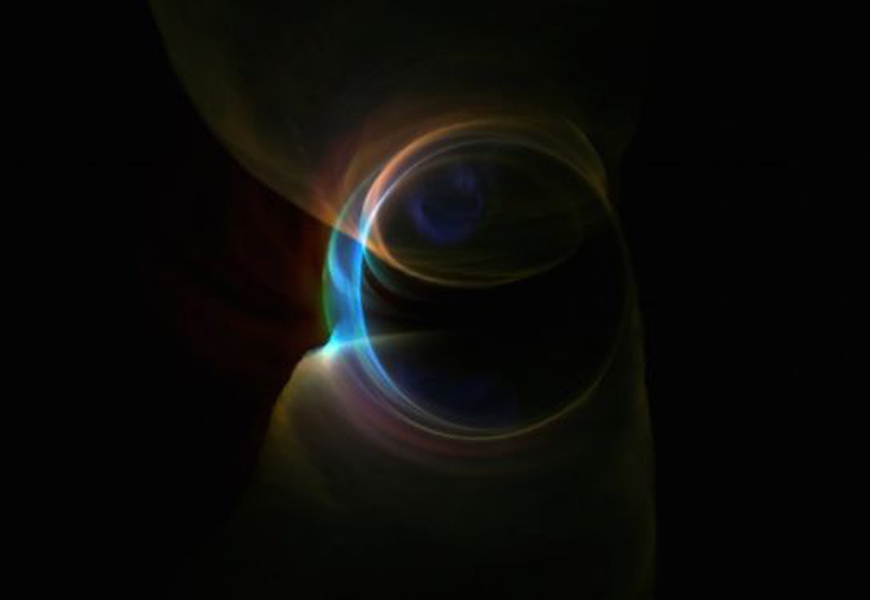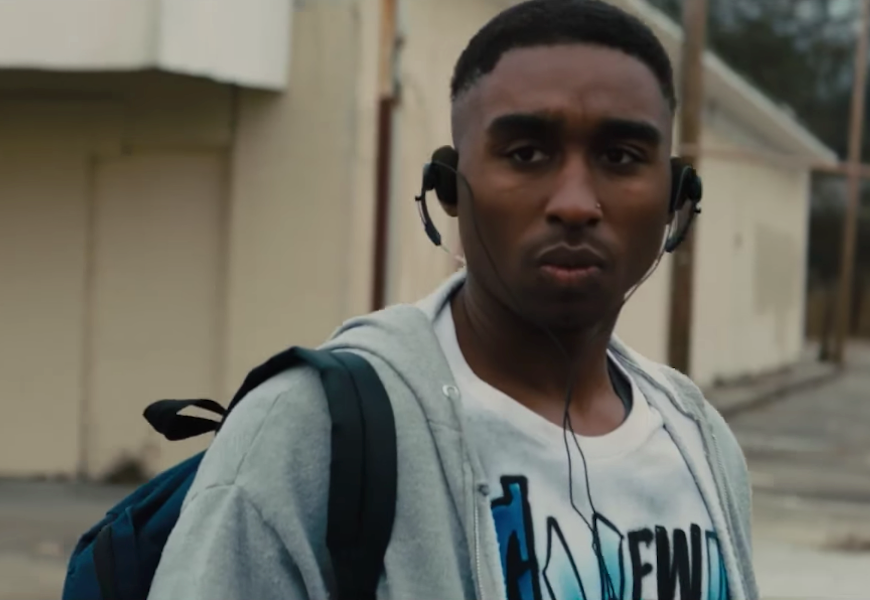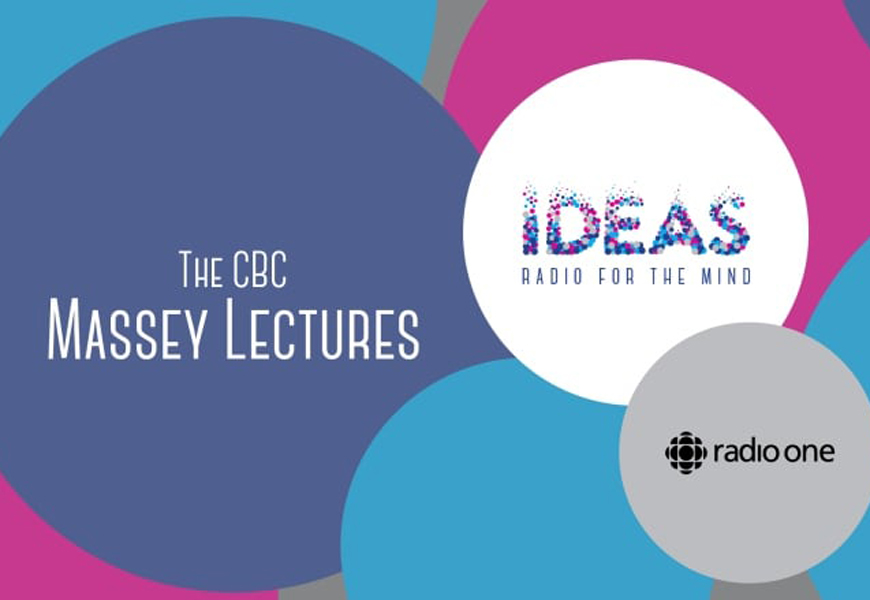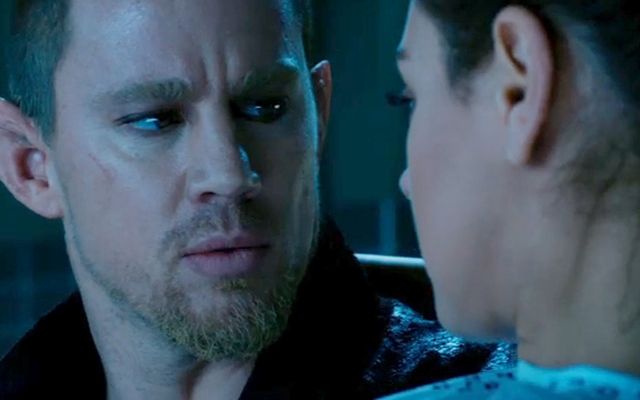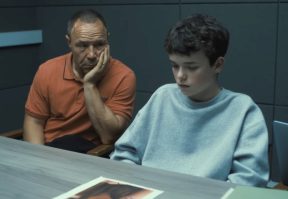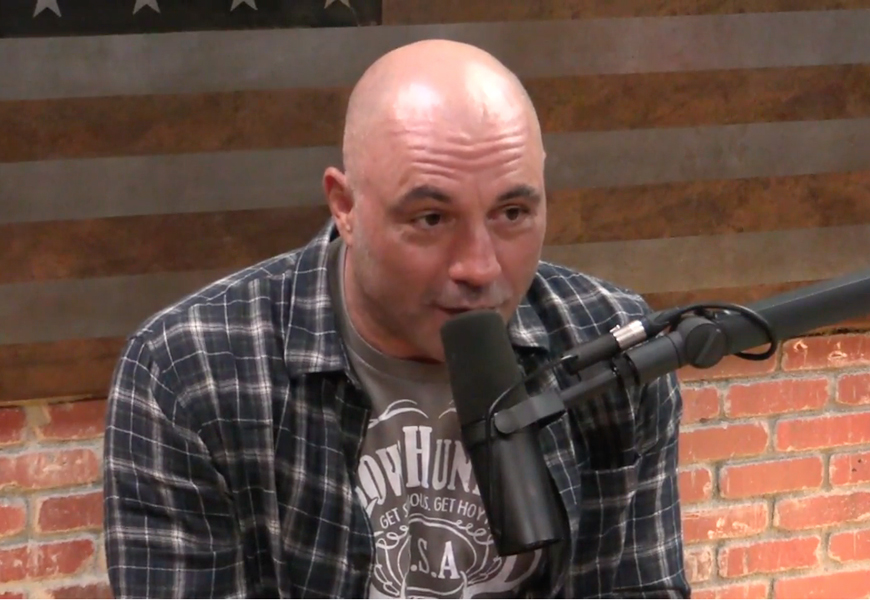The moon landing, the construction of the International Space Station, the Mars rovers, the New Horizons probe, the exoplanet-hunting Kepler mission—these are all extremely significant events in humankind’s efforts to explore the cosmos and understand our place within them. In 2017, expect a new addition to that list, as astronomers will attempt to take the first-ever photograph of a black hole.
Black holes of various sizes and masses exist in large numbers across the known universe. The one earth’s astronomers will be photographing, however, lives at the centre of our galaxy, The Milky Way. Referred to as Sagittarius A* (pronounced Sagittarius A-star), this supermassive black hole is located 26,000 light years from earth. It has a radius of 44 million kilometers, some 63 times that of the sun, while it’s mass clocks in at a whopping 4 million times that of the sun.
The ground-breaking photograph of this cosmic giant will be captured using a network of nine radio telescopes located in countries like Chile, Spain and the United States. This array will combine to create a single telescope called the Event Horizon Telescope (EHT). As its name suggests, the EHT will attempt to glimpse the black hole’s event horizon—the theoretical boundary that separates the black hole from the surrounding universe, beyond which the the forces of gravity are so powerful that not even light can escape. The team expects to find gases, excited by the forces of gravity, swirling around this boundary.
Professor Feryal Ozel, a member of the EHT team, spoke to BBC News about the project’s progress. “We’re almost there. The phasing in of the instruments has been done, the receivers are in place and the theoretical work has been done,” Ozel said. “There are quite a few challenges that need to be overcome to take a picture of a black hole. It’s something that’s extremely small in the sky, but what we’re hoping for is a full array observation in early 2017.”
When most people think “black hole” they probably think of the swirling vortex that Matthew McConaughey careens into at the end of Interstellar. Just over a year from now, we’ll get a far more accurate portrayal of one of these massive monsters—and contrary to Interstellar, it’s probably not going to be full of book shelves.

